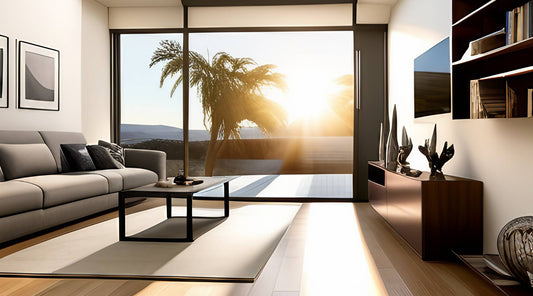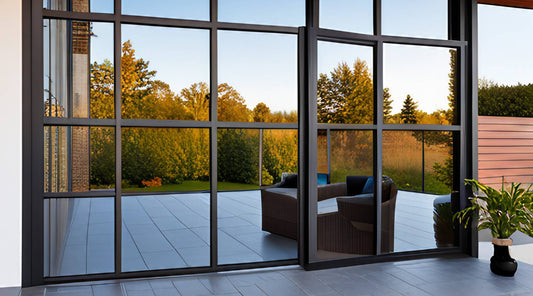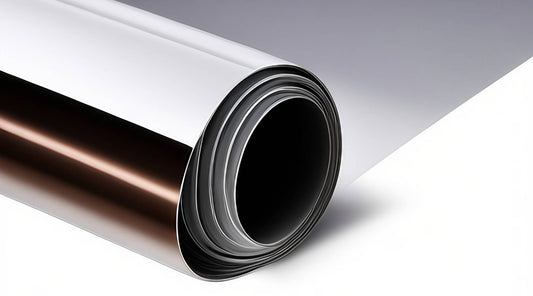Ever wonder if window films are too good to be true? You’ve probably heard the hype—cut energy bills, block UV rays, and boost privacy—but what about the downsides no one talks about? If you're curious and want to avoid costly mistakes, you’re in the right place. In this article, we’ll explain the real disadvantages of window film for homes, in plain and helpful language. No fluff, just facts. Ready to find out what really matters before you make a decision? Let’s jump in.
Disadvantage #1 — Potential Damage to Dual-Pane or Low-E Windows
If your home has dual-pane or Low-E windows, you need to be careful with window film. These types of windows can react badly if the wrong film is used.
When film is added to glass, it changes how heat is absorbed and released. On dual-pane windows, this can lead to thermal stress, which means one part of the glass gets hotter than the other. This stress can crack the glass or cause the seal between the panes to fail. Once that seal is broken, moisture gets trapped between the glass. That cloudy, foggy look? That’s a broken seal—and it usually means replacing the whole window.
Low-E glass is also sensitive. It has a special coating to reflect heat. If you put the wrong type of film on it, you might block the coating or cause extra heat to build up inside the glass unit. That can shorten the life of your windows or damage their performance.
But these problems are avoidable. The key is using the right film and checking your glass type before installation. At Tintly Window Films®, we always look at your window’s specs before recommending a product. If the film isn’t safe for your glass, we’ll tell you right away.
Using professional advice helps you avoid cracks, fogging, and expensive repairs. It also gives you peace of mind knowing your windows are safe and doing what they’re meant to do.
Wrapping It Up — Key Takeaways and Final Tips
Window film can be a great upgrade for your home. But it’s not perfect for every situation. If you have dual-pane or Low-E windows, you need to be extra cautious. The wrong film can cause cracking, seal failure, or shorten the life of your windows.
Here’s what to remember:
- ✅ Always check what type of windows you have
- ✅ Don’t use cheap film from the hardware store
- ✅ Avoid DIY unless you know what you’re doing
- ✅ Ask questions about your window warranty
And one last tip: think long-term. A bit of research now can save you hundreds later.
💡Want real value? Check out our guide: How Much Does It Cost to Install Window Film?
It’s full of honest info that can help you plan better and save more. Give it a look—you’ll be glad you did.
Frequently Asked Questions
1. Can window film damage my windows?
Yes, using the wrong film on dual-pane or Low-E glass can cause cracking or seal failure due to trapped heat.
2. Does window film work on all types of glass?
No, some films are not safe for insulated or coated windows. Always check your glass type before installation.
3. Will window film void my window warranty?
Some manufacturers may void the warranty if window film is applied. It’s best to check the warranty details first.
4. Is it safe to install window film yourself?
DIY film installs often lead to bubbles, peeling, or glass damage. Professional installation is safer and longer-lasting.
5. How long does residential window film last?
High-quality window film installed by professionals can last 10 to 20 years, depending on the product and sun exposure.




